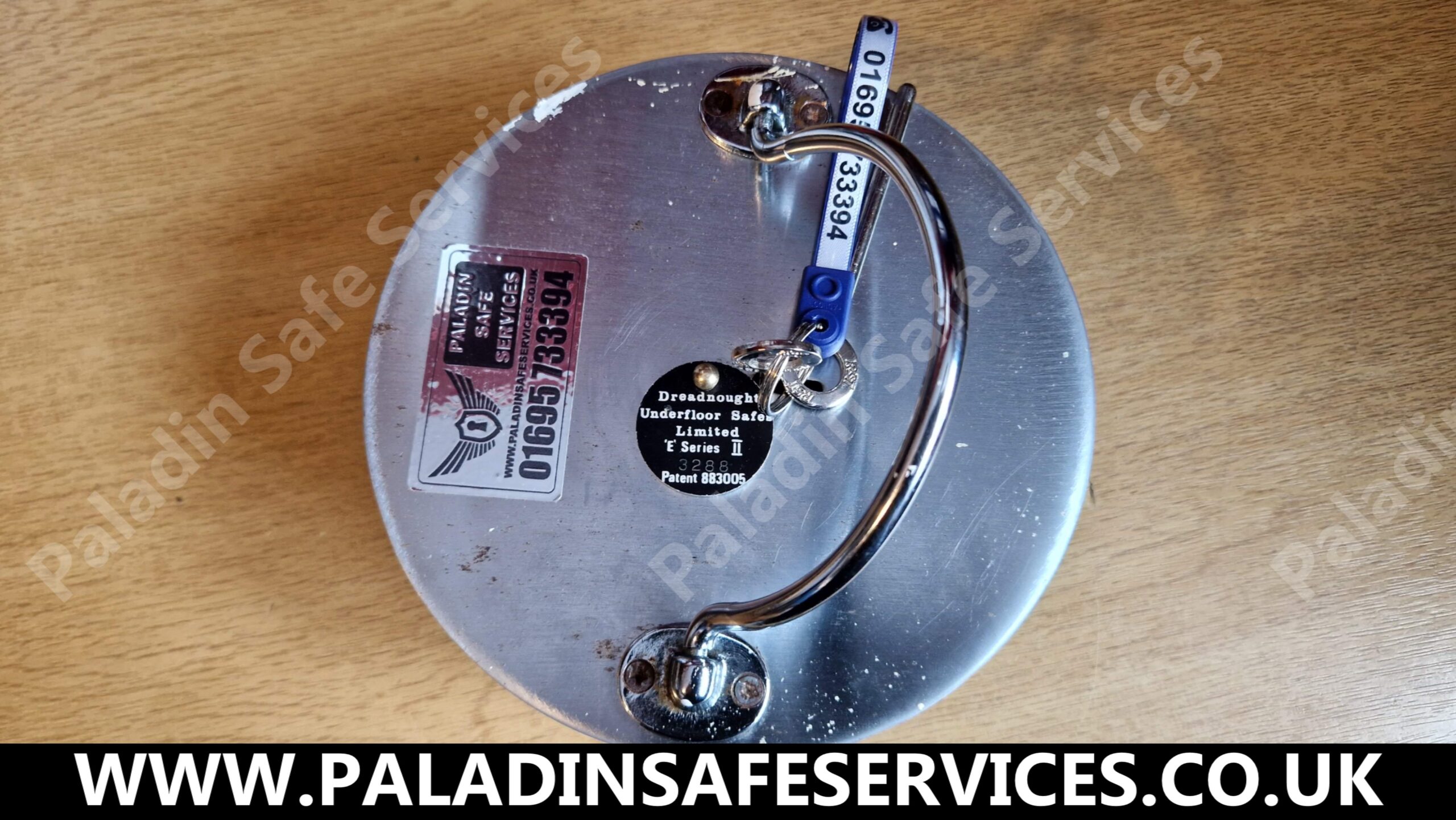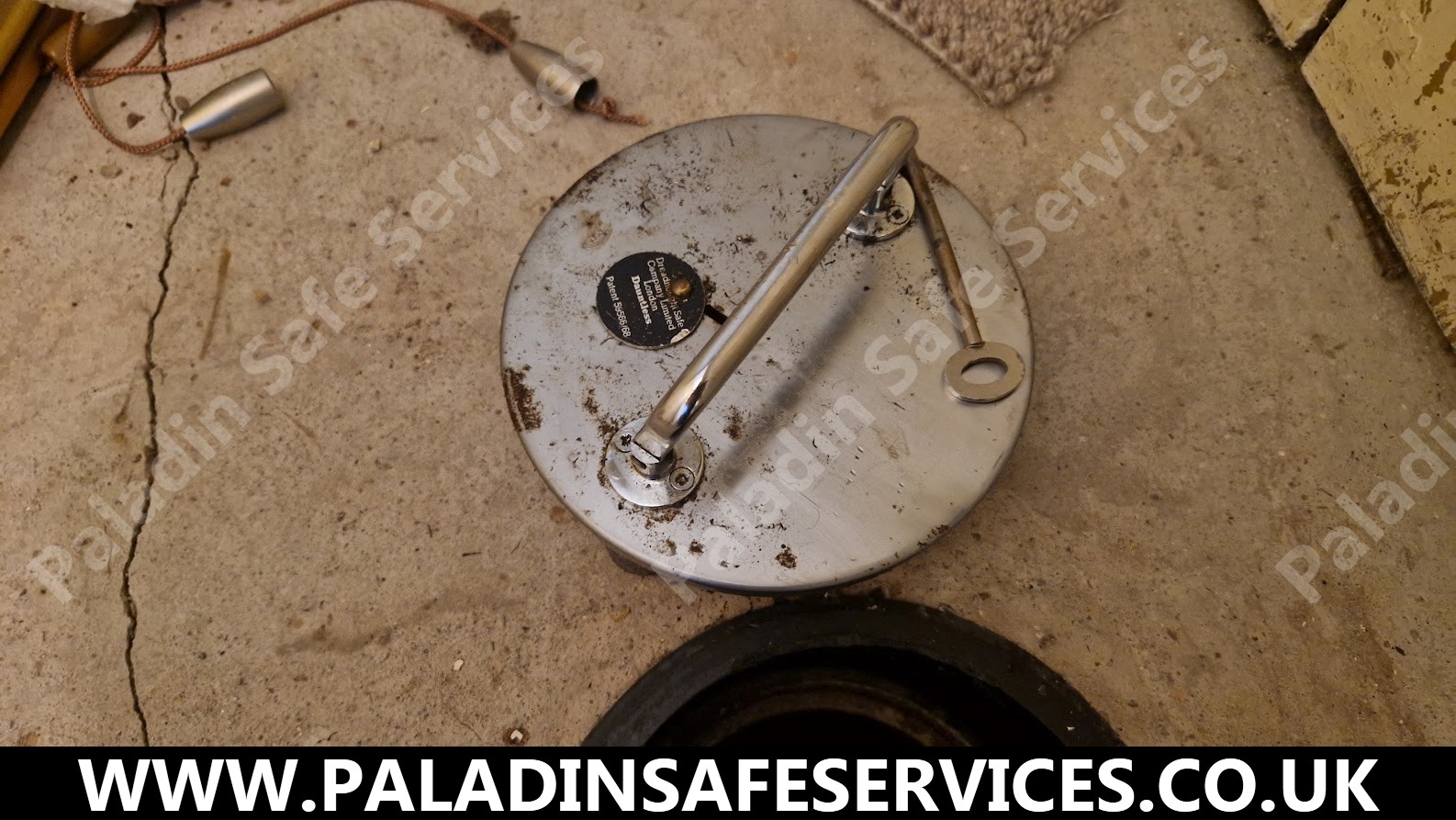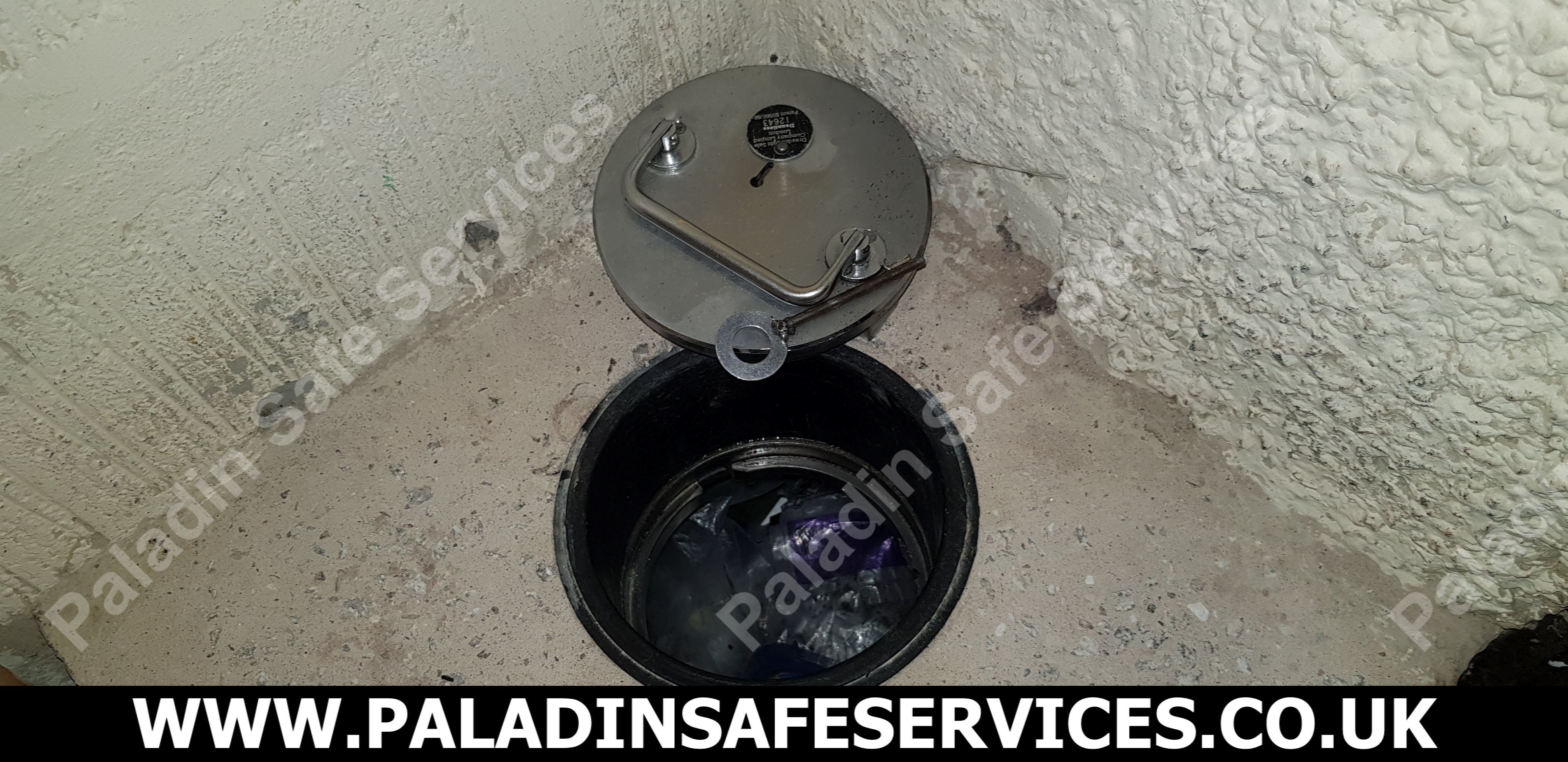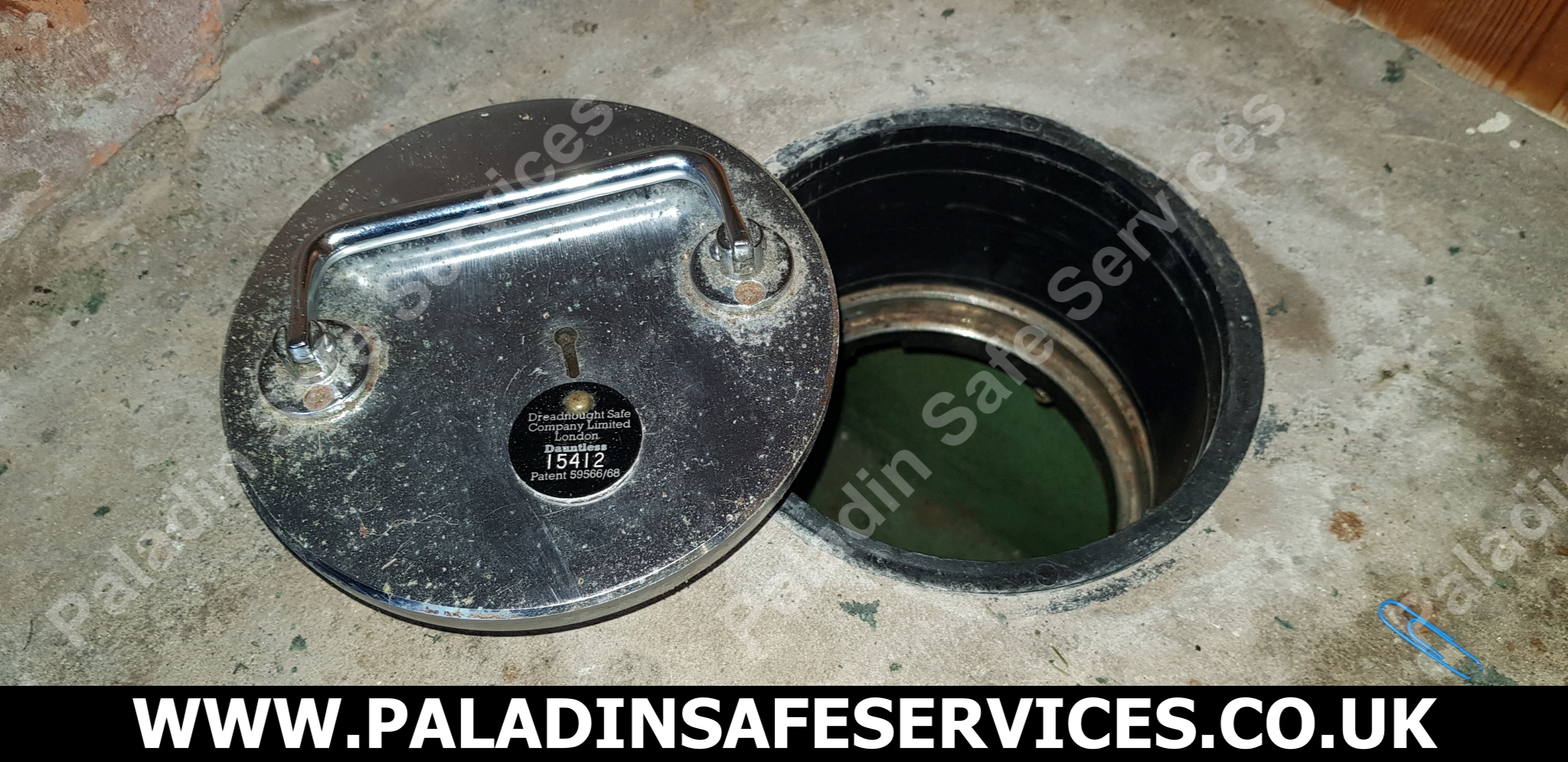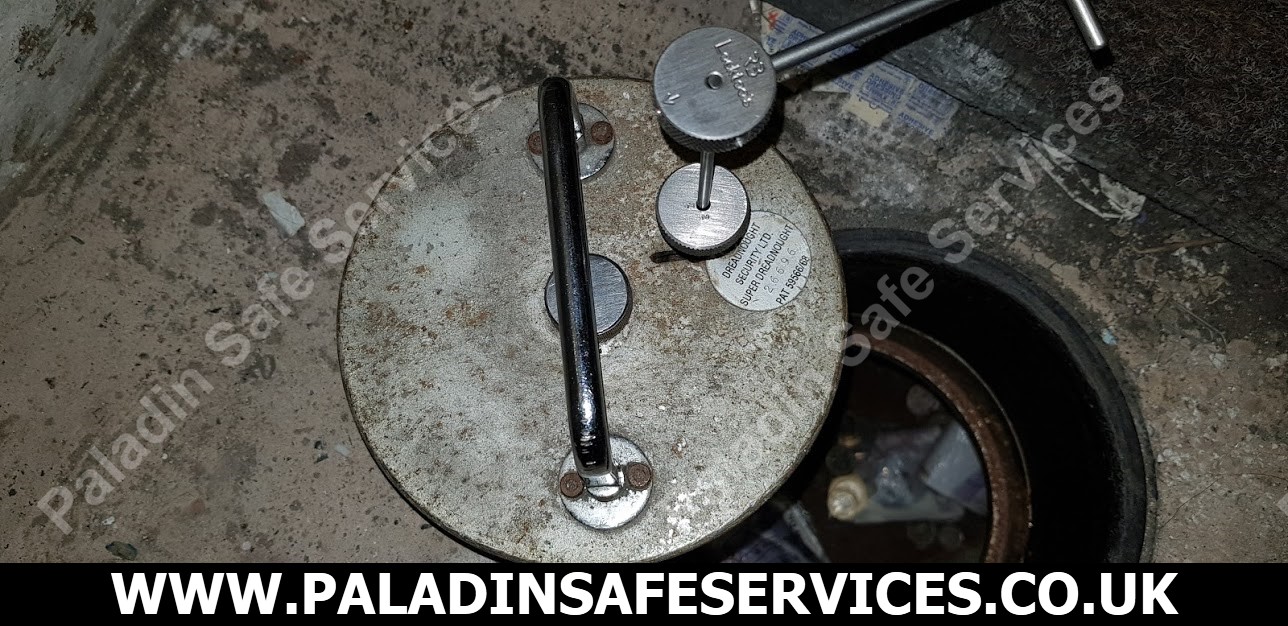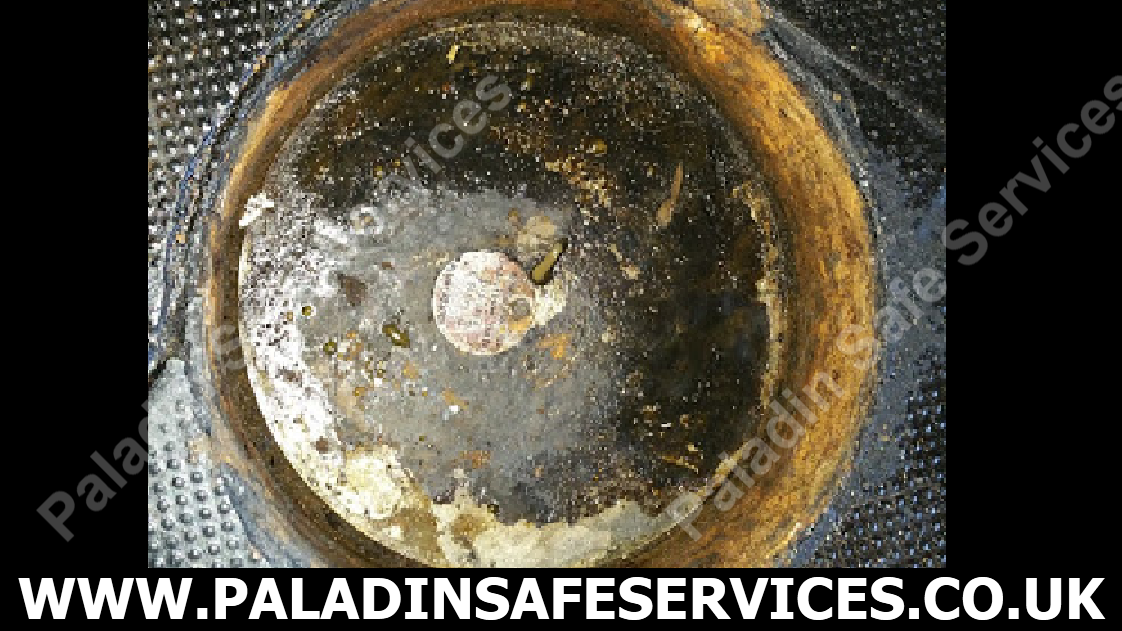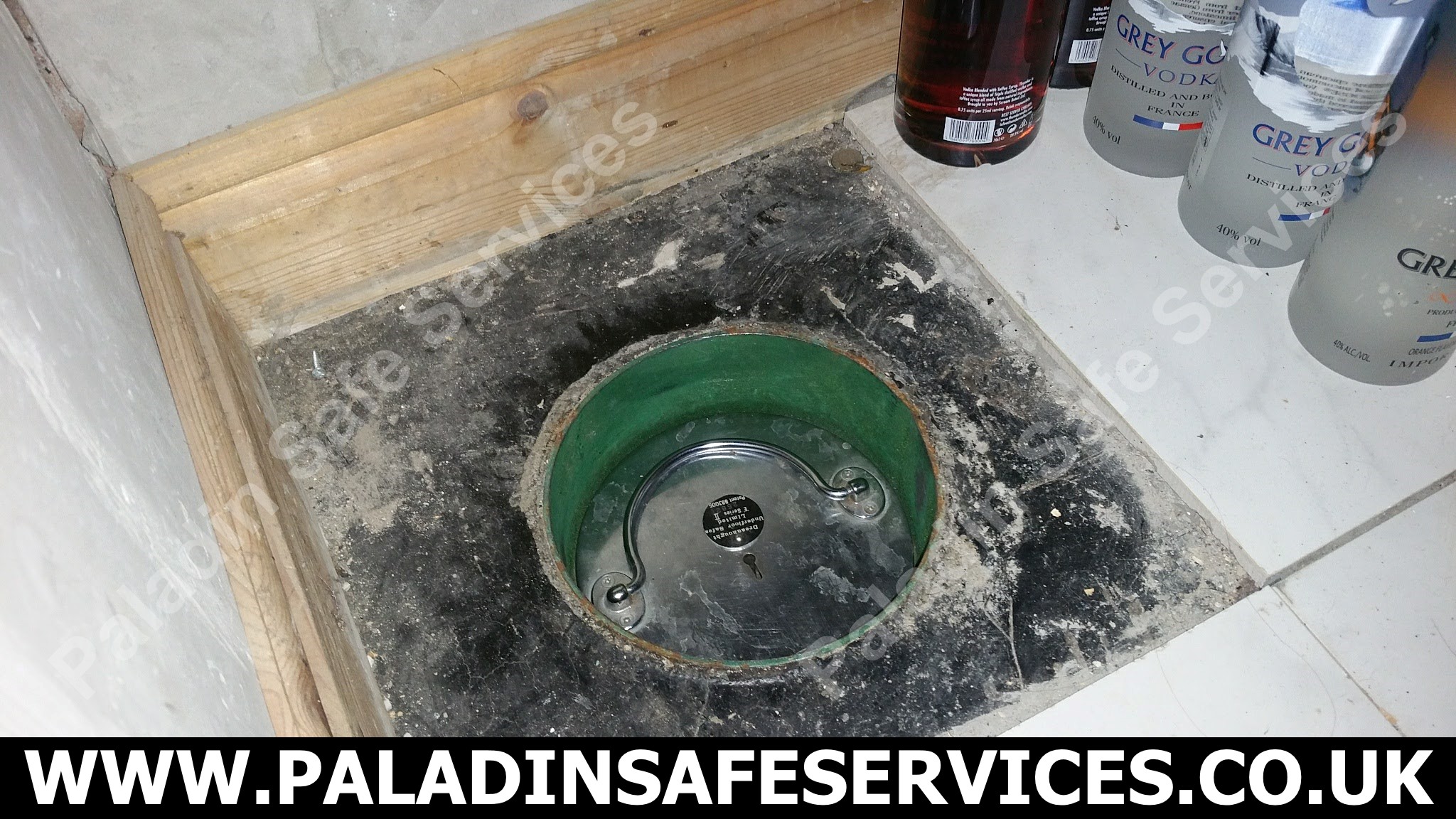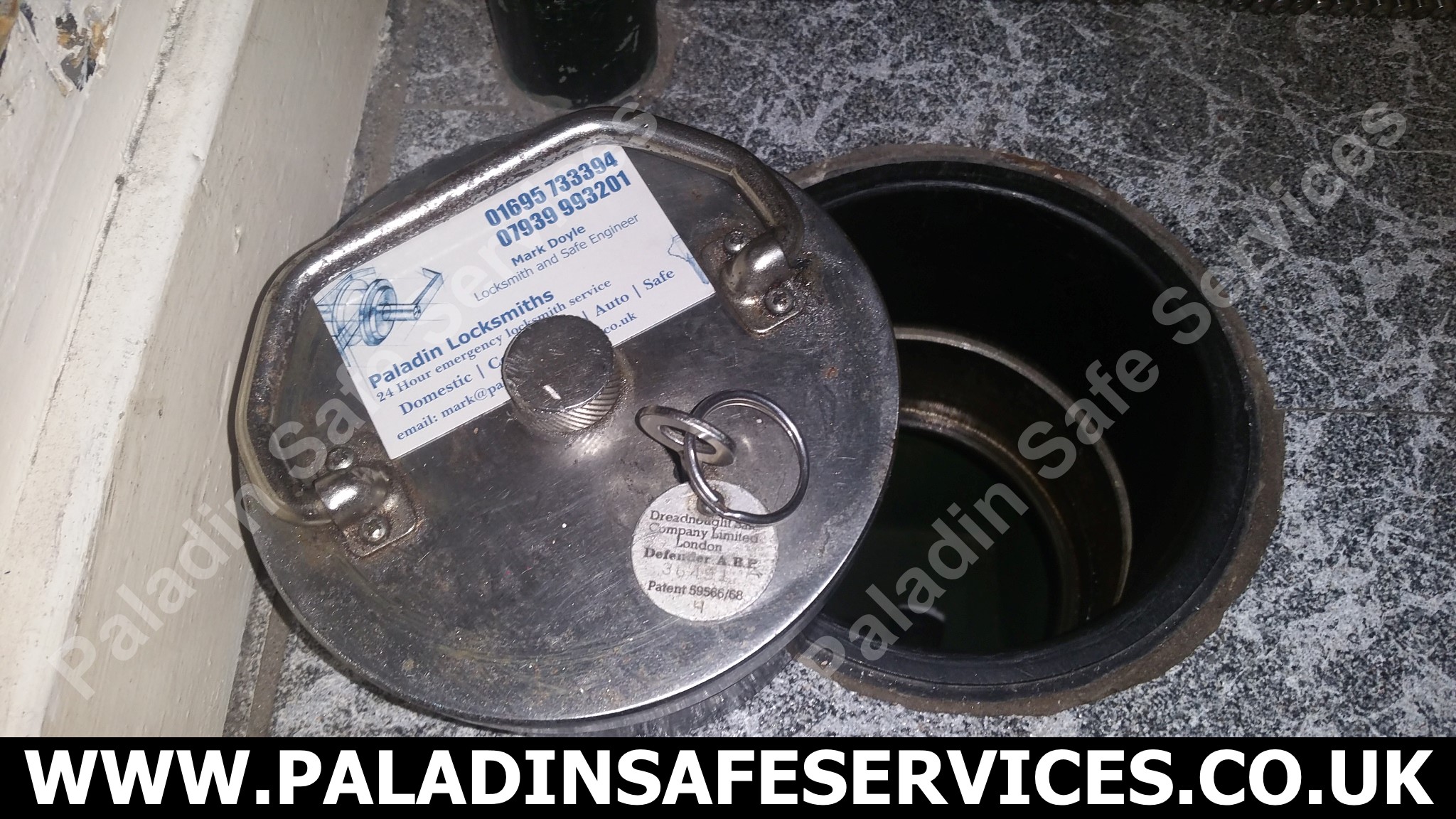Safecracking in Blackburn when the owner had lost his key to this Dreadnought ‘E’ Series II underfloor safe. The lock was picked open and new keys provided for a very happy customer who could take all his old paper £20 notes to the bank before they stopped being legal tender. If you need a professional Safecracker in Blackburn then give us a call.
Dreadnought
Dreadnought Under Floor Safecracker Macclesfield
This Dreadnought under floor safe was aquired with a new house purchase several years ago, locked and without a key. During recent renovation works the key was found but the safe would still not open once it had been used. After troubleshooting over the phone we suspected a boltwork failure which the owner would not be able to resolve themselves. We therefore went out and opened it up for them confirming our initial diagnosis of the issue.
Dreadnought Safe Cracker
This Dreadnought Dauntless under floor safe would not open despite them having the key. We correctly identified a boltwork failure over the telephone and gave our quote to open and repair the safe. Once on site we were able to confirm our suspicions, get it open and back into action.
Dreadnought Dauntless Safe Lost Keys
Safecracking in Beeston, Cheshire. We were called to open this Dreadnought Dauntless under floor safe with missing keys after the owner had passed away. We picked the lock open to retrieve the belongings left as part of the estate.
Dreadnought Security Ltd. Super Dreadnought
For our first safe opening of 2019 we were called to unlock this Super Dreadnought under floor safe as the key had allegedly been put down the deposit chute. A sneak peak at the contents with our scopes couldn’t see the key so we picked the lock open for them to retrieve it. Turns out that the key wasn’t in there so we will be servicing it and making new keys.
Dreadnought E Series II Safe Opening
This Dreadnought E Series II Safe was found by the new owners of a home in Preston and was initially thought to be a sewer pipe. We would normally pick the locks open on these but initial signs were not good, the handle was missing and we could see water in the keyhole which could only mean that the safe lid was sitting in water and probably had been for a number of years. With everything seized we had no option but to drill this one open and unsurprisingly found the entire safe to be filled with water.
Dreadnought ‘E’ Series II Safe Lost Keys
The keys had been lost to this Dreadnought ‘E’ Series II underfloor safe at a house in Euxton, Lancashire. The owner called and requested that we drill the safe open so that he could retrieve his passport for an upcoming trip. He was surprised when we said we would pick the lock open and make new keys for him but being professional safe engineers we have the tools and skills to open most safes non destructively. With the safe lock picked open we made the new keys and put the safe back in to service without the need for any expensive repairs.
Dreadnought Defender ABP Safe Opening
This Dreadnought Defender ABP underfloor safe at a petrol station in Bromborough, Wirral would not open with the key. Initial inspection showed that the lock was loose and we could see that one of the three relocking devices had activated which meant that this was going to be a drill open job. Having drilled through the extremely tough lid it became apparent that all three relockers had fired which meant a second hole had to be made to deactivate them and finally allow the bolts to be withdrawn to open it.

